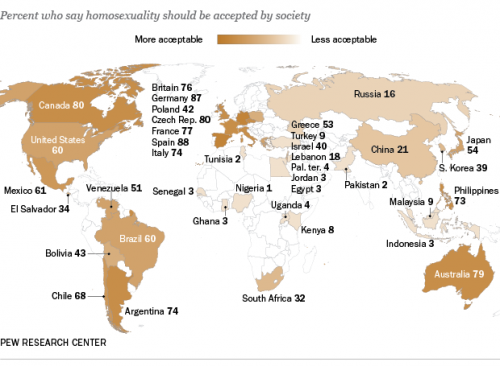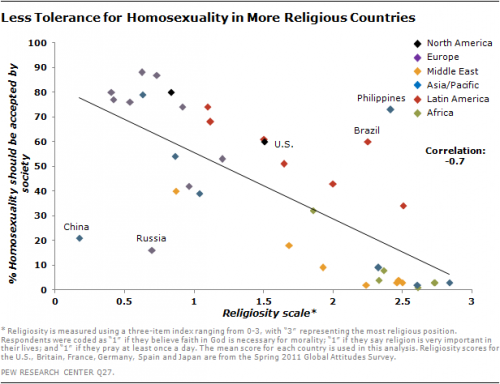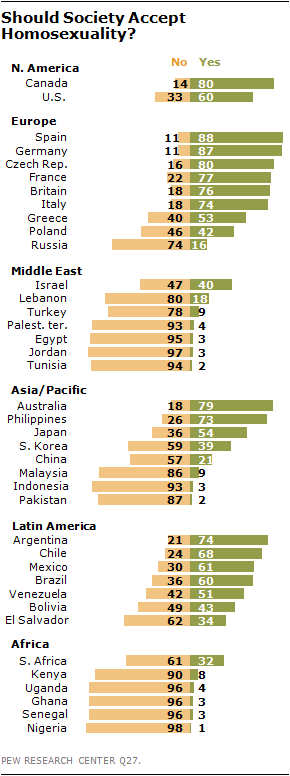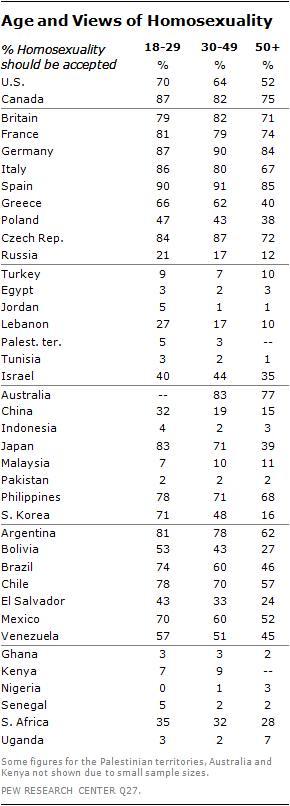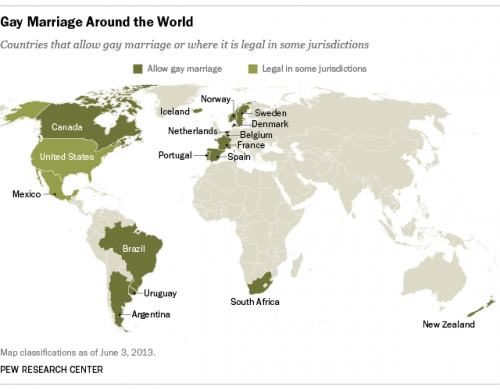As part of an ongoing series about inequality in the U.S., tonight PBS will air a segment on the psychology of wealth: that is, how the experience of being (or feeling) well-off impacts our attitudes and behaviors.
As this video clip explains, having wealth appears to affect us in a number of ways. Having more tends to make individuals feel entitled to even more; research shows they feel less generous and more entitled to take resources (such as candy they have been told is for children coming in later), more willing to cheat, and more accepting of unethical behavior. Privileged individuals — even those whose privilege is just having Monopoly rules rigged to ensure they win in an experiment — tend to believe they deserve their privilege.
These patterns show up regardless of political orientation, affecting both liberals and conservatives. Whatever good intentions we might have, the experience of being wealthy appears to affect us in ways it may be hard for individuals to notice, making privileged people feel they deserve their position and justifying behaviors that consolidate even more advantages.
Transcript available at the PBS website. Also check out our earlier posts presenting PBS clips on Americans’ misperceptions of the level of inequality in the U.S. and the health impacts of inequality.
Gwen Sharp is an associate professor of sociology at Nevada State College. You can follow her on Twitter at @gwensharpnv.















